... the number of words which a child understands is greater than the number of words which he uses to express himself.
What You Should Know About Your Child p.29
Language is the shared understanding or meaning that a culture has assigned to a particular set of sounds.
Such sounds are represented by symbols and groups of symbols called letters, the alphabet and words. These are then grammatically organised into what we call a language such as English.
Language is usually conveyed via speech, gesture or writing.
Listening & Speaking
Maria Montessori observed that the child, within the first six months of his or her life, acquires the ability to understand language before expressing it. This speaks to the importance of the listening skills a young child rapidly develops and the gravity of providing rich and engaging listening opportunities when commencing the journey of mastering any language. The reason why listening is so vital is because children use the gift of observation, attention to detail and imitation to thrust them into being able to speak that which they have previously understood. Once the young child has been immersed with a wealth of listening opportunities they are well prepared to explore the expression of the language they have acquired via listening and their receptive centre of the brain (operates the recording of spoken words), through the spoken word and the development of the motor centre of the brain (operates the pronunciation of spoken words).

Listening and Speaking Activities
- Conversations including asking questions whilst walking, driving, or even whilst doing the dishes or cleaning the home.
- Singing action songs, reading rhyming poetry and naming everything used or observed in the environment.
- Reading a wide range of literature with your child (picture books, comics, recipe books, instructions for a game etc.)
- Playing Memory & Observation Games (I Spy, Montessori Mystery Bag, I Went to the Store & Bought, Telephone Game).
The real difficulty is in the interpretation of the graphic signs .
The Montessori Method p.231
Writing and Reading
Montessori noticed that children have a natural affinity to listening and speaking but with reading and writing it takes a concerted effort. This is because there is a distinction between what is heard and said and how it is is represented on paper.
Montessori approaches writing and reading first through the training of the senses, the development of motor skills through Practical Life activities and then with the psychic association of the sounds to the shapes of letters and comprehension of words.
Montessori Writing and Reading Pre-Cursors
Sense Training
The Montessori Sensorial Area is a gold mine and absolute genius component to all areas of learning as it gives the child concrete experiences to explore each sense acutely. The reason why this is important is because children learn by relating to their environment through their senses. There is also a wealth of vocabulary that is introduced by engaging with the sensorial materials that enhances the child’s understanding of the environment and their interactions with it. For example, the rough and smooth tablets teach the child, through their sense of touch and sight, the concrete difference between two surfaces. They also introduce the representation of those differences; the words ‘rough’ and ‘smooth’.

The Sensorial Sandpaper Globe
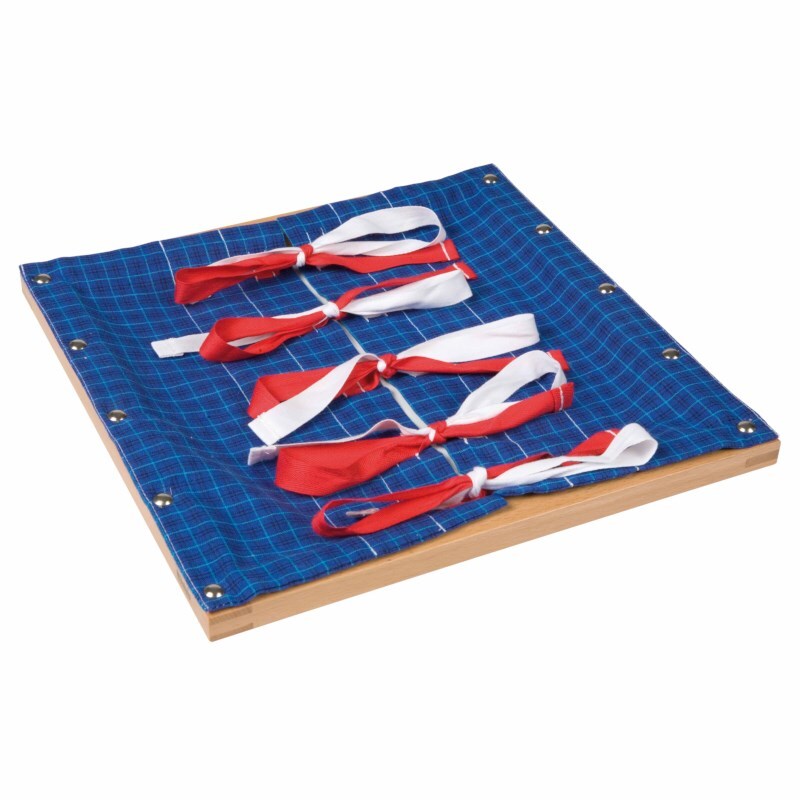
The Tying Lace Frame
Practical Life Skills
The Montessori Practical Life Area is also a treasure chest to all areas of learning, including writing and reading because it allows the child to strengthen their fine and gross motor skills while mastering the art of being independent. When a child is able to do things on their own, their self confidence, self respect and self esteem shine; mastering new skills such as writing and reading are greatly assisted with such gifts.
Sensitive Period for Language
Montessori observed that children are more drawn to and absorb language the quickest and deepest during the ages of zero to six years.
Although a short presentation of any skill may introduce you to a skill, it is the repetition of that skill that enables you to master it.
During this period of life, along with all the above mentioned, children should be given the time and space to develop their language skills through what Montessori coins the ‘power of habit’.
Driven by this inner sensibility children absorb language from their environment and miraculously develop it. This sensibility is so great during this period that ... language will interest the child intensely.
The 1946 London Lectures p.47
Montessori Writing Approach
In the Language Curriculum the exploration of writing is developed, beyond mark making, through the engagement with the Insets for Designs. These are a set of brightly coloured and strikingly beautiful set of ten geometric shapes in metal frames; the frames are pink, the insets blue. There is no end to the amount of creativity children can apply to this exercise! The direct goal is to use the frame (initially) and inset (once the frame has been mastered) to draw the geometric shape chosen.
Once children are able to draw the shape using the frame, they are then encouraged to; fill the shape in with straight parallel lines, colour the shape in without going over the outlines, trace another shape on top of the first to create patterns… as creative as you can get is how wide the variations are for this exercise.
Whilst enjoying such creativity, the child is strengthening their hand-eye coordination, fine motor skills and pincer grip in preparation for writing.

The next Montessori material in the writing sequence ties in with the exploration of the different types of surfaces in the Sensorial area.
The Sandpaper Letters are a set of all the letters in the alphabet made with sandpaper and mounted upon a smooth and square wooden tablet.
The vowels are mounted upon blue tablets and the consonants mounted upon pink tablets; this again draws on the child’s conscious awareness of colour differences but also impacts the child’s subconscious awareness of the differences between vowels and consonants.
The child engages with each of the letters, in lowercase first before proceeding to uppercase, by tracing them whilst they repeat the phonic sound; impressing into the child’s mind the association of the sound with the way in which the letter is written. The child is then able to create crayon letter rubbings of each letter.
The next phase is the Montessori Sand Tray exercise. This is simply a wooden tray covered with a shallow layer of sand. The point of this exercise is to allow the child to practise writing letters freehand (initially with their finger and then with a wooden stick shaped like a pencil) but without the permanent visual of any errors (as with pencil on paper). The child is able to continually practise and ‘shimmer away’ any incorrect letter representations; keeping self-confidence and self-esteem in tact!
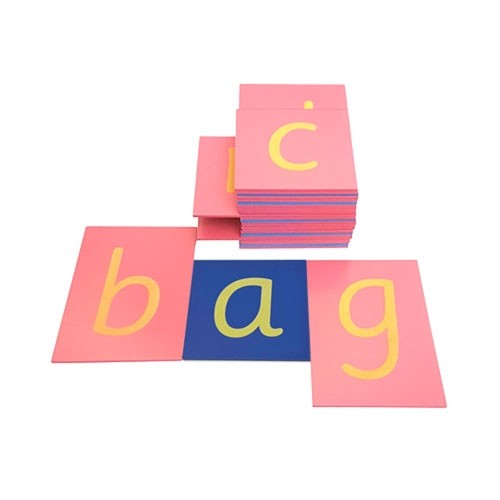
At this stage, it’s important to note that if ever the child needs to practise or refine their letter formation it is more than okay for them to revisit the above exercises when and as befits. It is imperative that the child feels confident to move on to more abstract activities so please leave the ‘pressure to perform’ or achieve outside the door as it were.

So… finally, with pincer grip strength, hand-eye coordination developed, a concrete understanding of the letters sounds with their symbols and the solid motor assimilation of the shape of each letter to its sound the child is more than equipped to begin the process of writing letters and words on paper with pencil! Exciting times!
When transitioning to this phase, it’s best to start with line guides that demark where the upper and lower stems of lower case letters should reach, as well as the size of capital letters too. Here is an example of our Script Science line guides, available from our resource page.
The ETG handwriting course is called Script Science and includes fifty short, sweet yet thorough sessions modelling the formation of absolutely all letters and letter combinations within the English language.
It also includes pre-writing activities your child can engage with at home as well as practice and normal lined handwriting templates and alternative script modelling to suit preference.
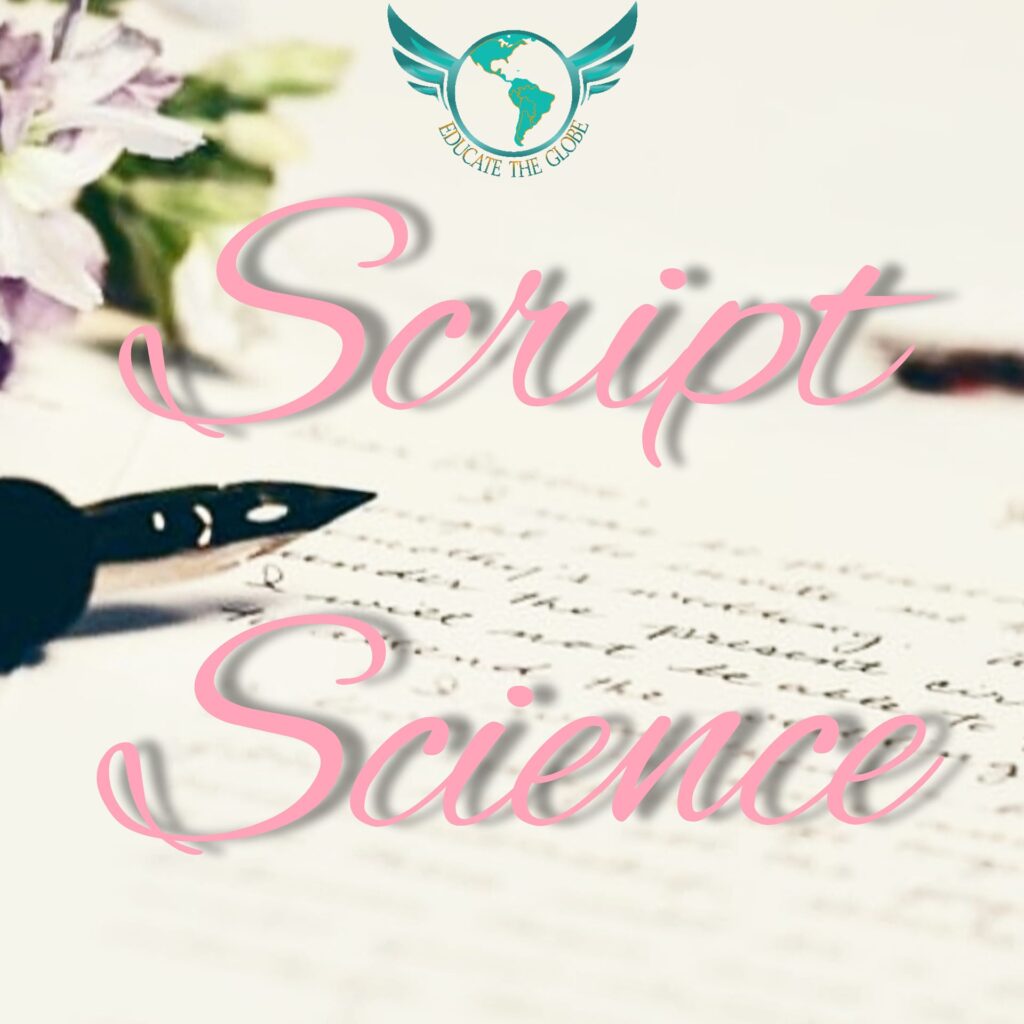
Montessori Reading Approach
Hopefully it is apparent, at this point, that writing and reading skills are developed concurrently. To reiterate, reading begins with the immersion of listening and speaking opportunities before approaching the understanding and mastering of the representation of the sounds used in language.
Quick note: contrary to popular rhetoric and practices within mainstream educational spaces, children write before they read! Just think of all the abstract notes and masterpieces your child has given you; some would call it mark making yet mark making is still writing. Mark-making is the child creating symbols of curved and straight lines and representing them on paper. What is learning how to write if not that? Are letters not symbols of curved and straight lines? The difference is simply the agreed meaning used by many of the symbols to represent the sounds that create a language.
The preparation for reading is well under way through the use of and engaging with the Sandpaper Letters. Whilst the child learned the shapes of each letter, the phonic sounds were also introduced and mastered. Our Alphabet Adventure course supports the process of learning the alphabet phonic sounds and represenations.
The task of blending each alphabet sound to create a word comes next matched with their visual representations.
Montessori developed the reading curriculum with what are known as the pink, blue and green series.
In short the pink series explores CVC words, phrases, sentences and books. The Blue series focuses on consonant blends whilst also consolidating CVC words, phrases, sentences and books. The Green series focuses on vowel blends while consolidating all the above.
Each series consists of a concrete to abstract approach involving sets of boxes with objects and pictures. The visual appeal of these series alongside the kinesthetic engagement ensures the child is introduced to reading with an holistic experience.

Alongside the sets of boxes, there are what is known as the Large Moveable Alphabet (LMA). The series flows as such: objects and the LMA, pictures and the LMA, objects and word cards, pictures and word cards then phrase and sentence strips.
Grammar and punctuation study are woven in as each series progresses.
Learn to Read to Read to Learn
With Montessori, grammar is taught through the use of the colour coded grammar boxes then mathematical shaped symbols to represent each different word category. Nouns are represented by black circles and verbs by red circles, for example. Punctuation is introduced gradually; capital letters whilst learning sound representations and full stops before reading sentence strips, for example. Whilst learning how to read (decoding) is the first step; reading to learn and enjoy language (comprehension) is the step that follows.
The ETG Ready Steady Read curriculum takes your child on the journey from absolutely no understanding of how to read to fully engaging with and enjoying the I Know I Can series written by Anthea Davidson-Jarrett. Our curriculum models the Montessori method of approaching reading in a concrete to abstract manner and includes a wealth of downloadable resources, over twenty books to explore as well as short and engaging online sessions.
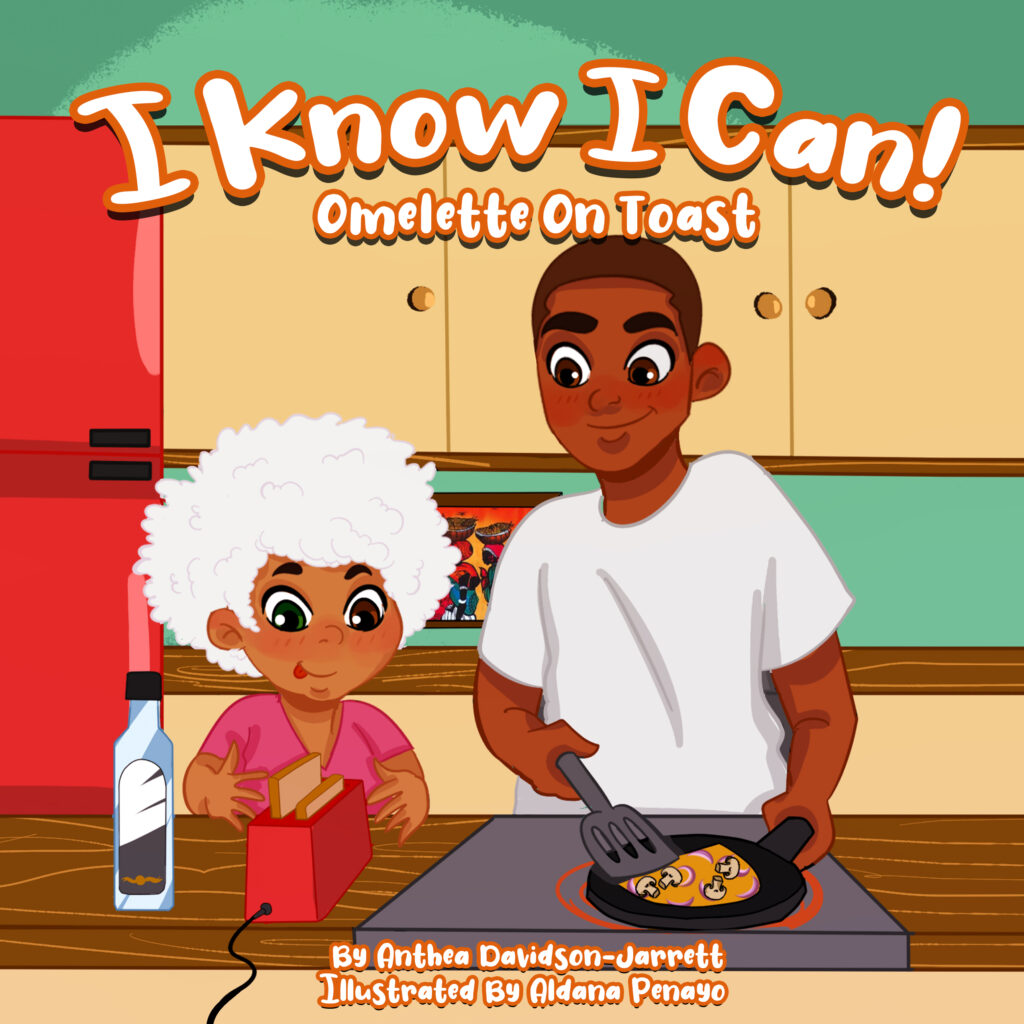
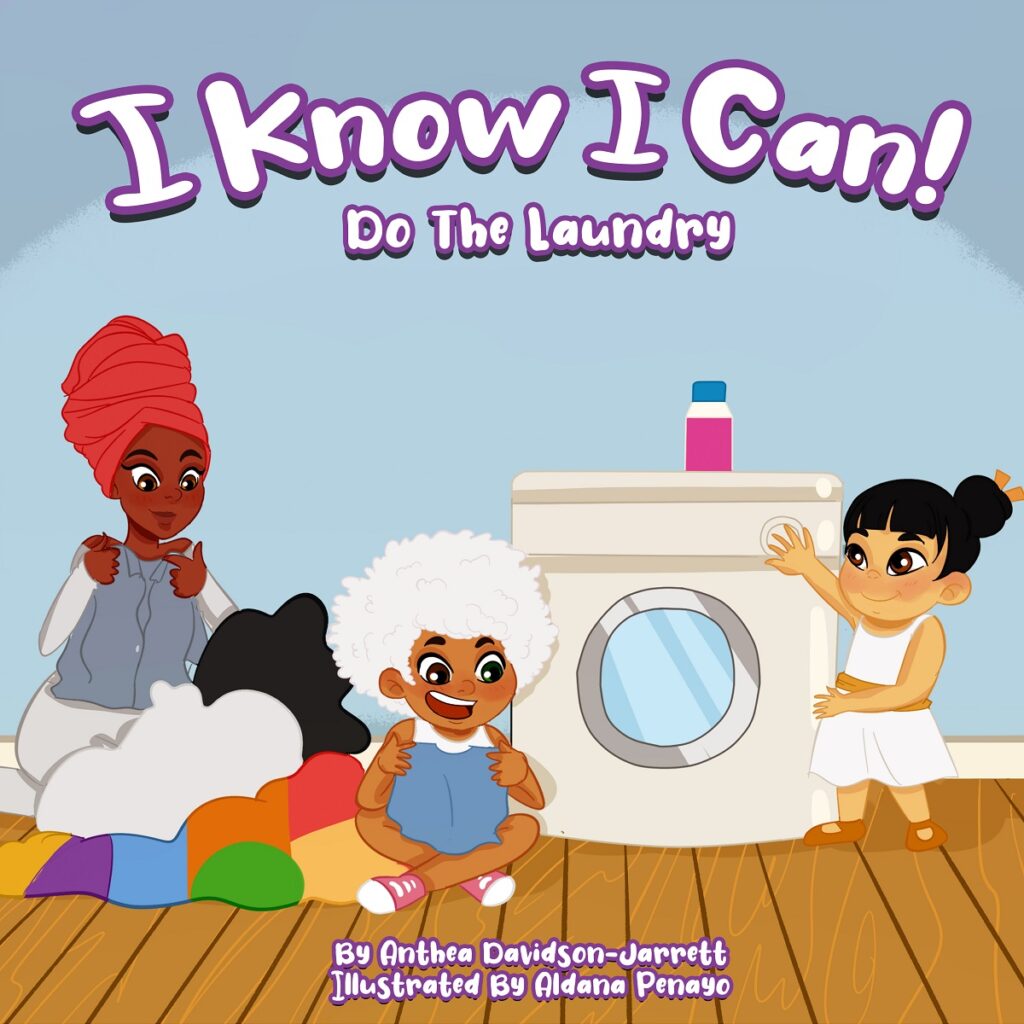
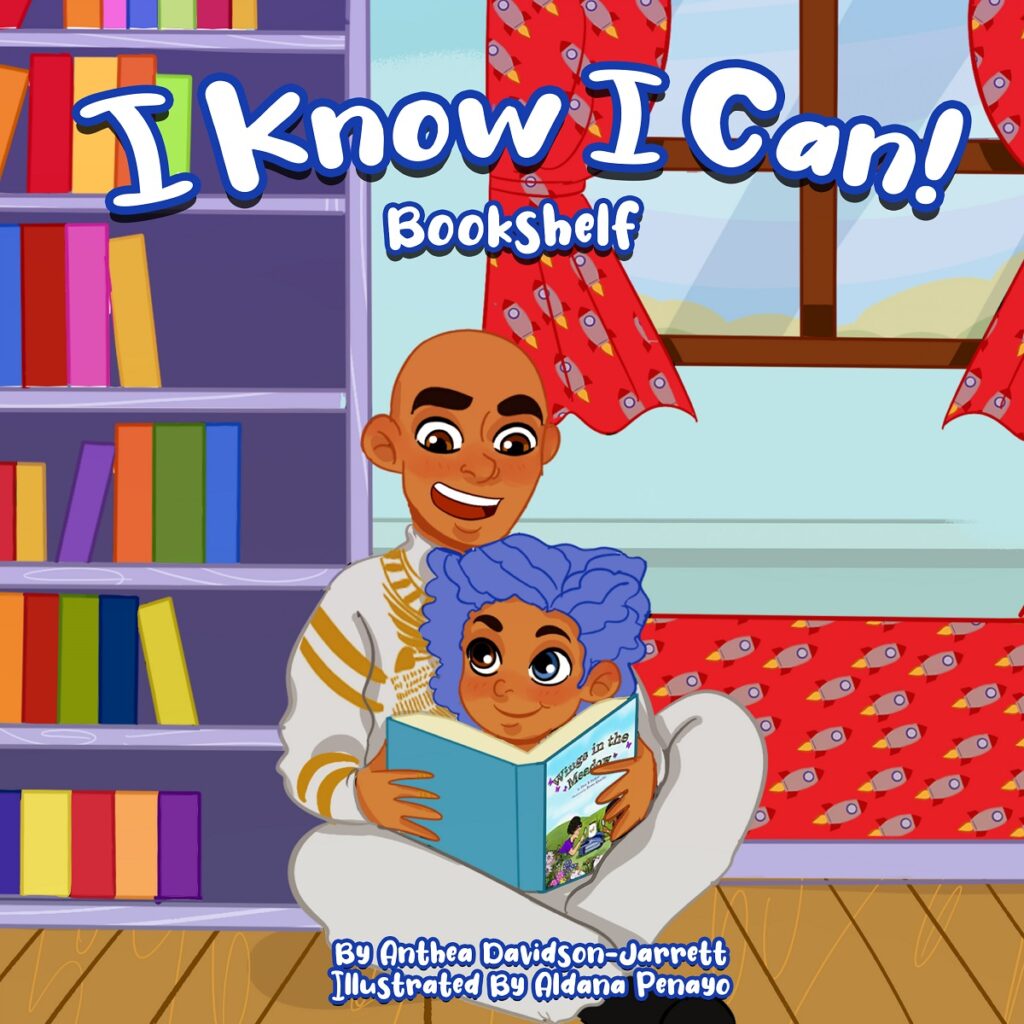
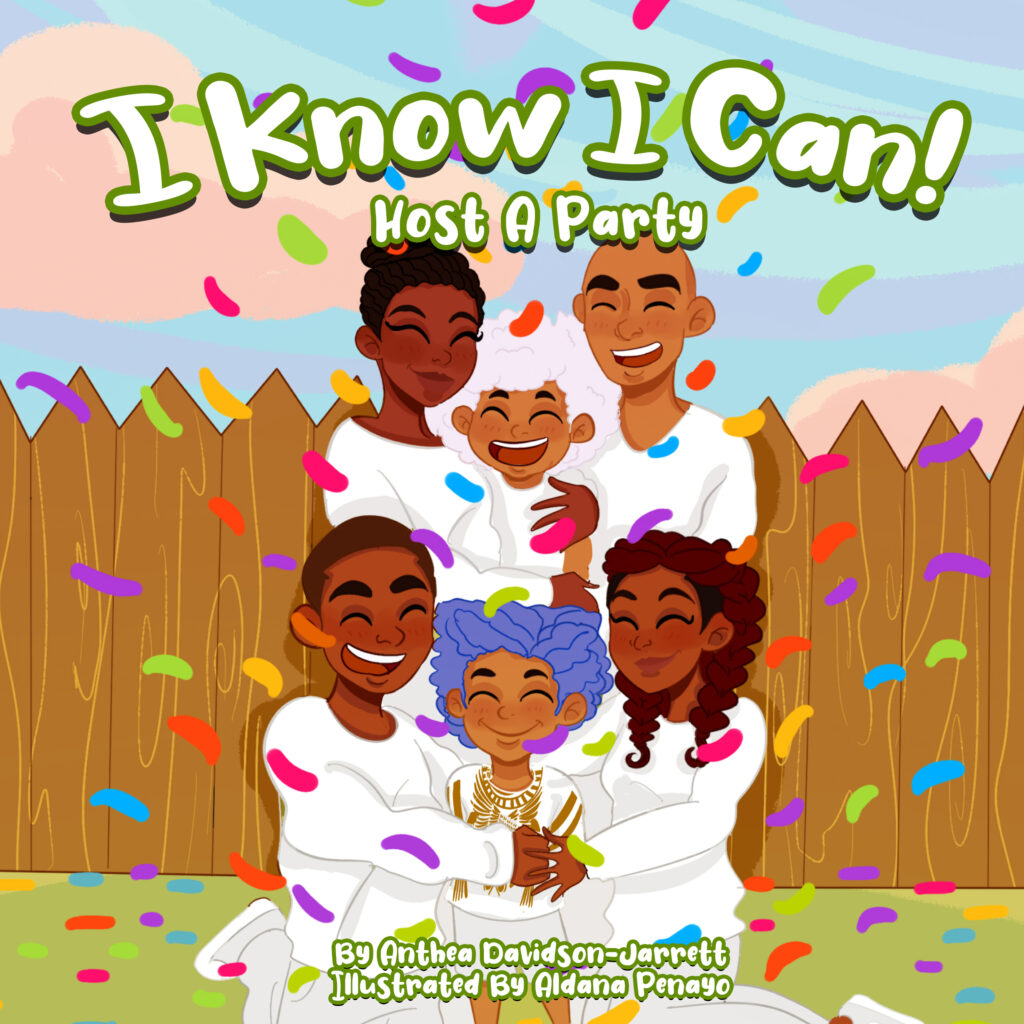
The I Know I Can series is a rhyming book series based on twins Khalia and Kwesi applying Montessori Practical Life skills to master every day activities. It includes bright and colourful imagery as well as colouring in pages!
The limited edition of the first two books can be purchased here. The newly illustrated books can be read online here.
Language is one the characteristics which distinguish man from the animals. It is a gift of nature bestowed on him alone. It is an expression of his intelligence.
The Formation of the Man p.79
References & Bibliography
Image references:
https://www.nienhuis.com/int/en/
https://absorbentminds.co.uk/
https://affordmontessori.com/
Bibliography:
Montessori, Clio Press, 1989, What You Should Know About Your Child
Montessori, Earth Angel Books, 2008, The Montessori Method
Montessori, Clio Press, 1989, The Formation of Man

